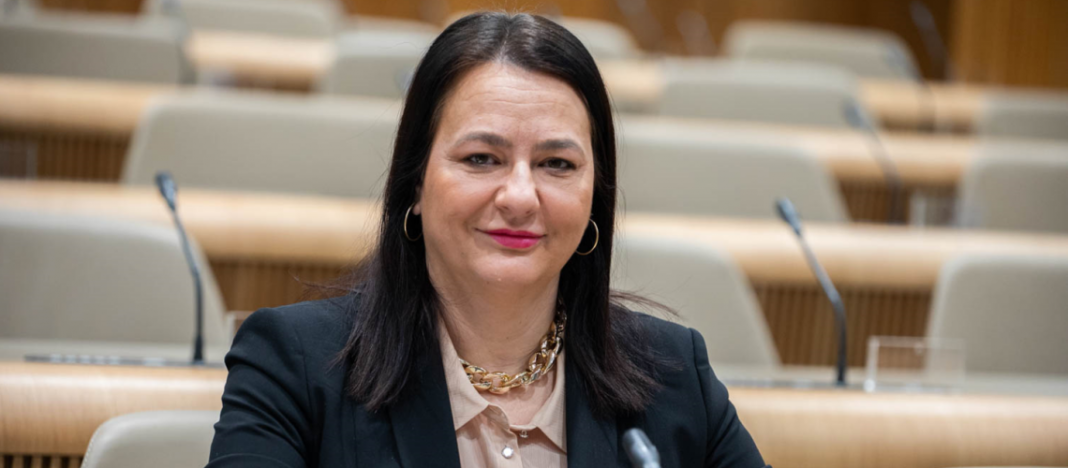By: Tanja Brkić (Nova24tv.si)
According to the data of the Statistical Office of the Republic of Slovenia, the energy poverty of households was 7.2% last year. Compared to the previous year, it increased by 0.7 percentage points. Approximately 62,000 households were energy poor, with around 102,000 inhabitants of Slovenia living in them. The figures and facts are alarming, but it is more than obvious that Golob’s government is not dealing with it, so the seriousness of the matter was highlighted by MP Anja Bah Žibert, who addressed a written parliamentary question to the government regarding the increase in energy poverty.
SDS MP Anja Bah Žibert, while presenting the following facts that show the increase in energy poverty in Slovenia, addressed a written parliamentary question to the government. SURS data show that 62,000 or 7.2 percent of households were energy poor last year, which is approximately 7,000 or 0.7 percentage points more households than the year before.
Around 102,000 people lived in energy-poor households. In 2022, compared to 2021, the share of households below the risk of poverty threshold increased (by 1.4 percentage points) and the share of households that were financially unable to provide a heated apartment (by 1.2 percentage points).
The share of energy poor is the largest among single-member households
Last year, the share of energy-poor households was the largest among single-member households (15.1 percent), regardless of the age of the members. Among households with dependent children, this share was highest in single-parent households with at least one dependent child. The share of energy-poor households was the lowest among households of two adults with two dependent children (2.0 percent), among multi-member (at least three-member) households without dependent children (2.2 percent) and among households of at least three adults with dependent children (2. 6 percent).
The most common cause is inadequate living conditions
Inadequate living conditions, such as problems with a leaky roof, damp walls/floors/foundations or broken window frames/floors in the apartment, contributed the largest share to the ranking of a household below the risk of poverty threshold among the energy poor, followed by delays in the payment of housing costs (water, electricity, heating, etc.), while the inability to provide an adequately heated apartment contributed to the energy poverty of households in the smallest proportion.
In the period 2014-2022, fewer households were exposed to all four elements on which the calculation of energy poverty is based: the share of households that were late in paying housing costs due to financial hardship decreased by almost two-thirds, the share of households that were not financially able to provide adequately heated housing by almost half, the share of households that lived in inadequate living conditions by 41 percent, and the share of households below the poverty risk threshold by 2 percent.
Last year, compared to 2021, the share of households below the risk of poverty threshold increased (by 1.4 percentage points) and the share of households that were financially unable to provide themselves with an adequately heated apartment (by 1.2 percentage points), the share of the other two elements energy poverty decreased: the share of households that were late in paying housing costs due to financial hardship by 1.1 percentage points, and the share of households that lived in inadequate living conditions by 1.9 percentage points.
Based on the above data, MP Anja Bah Žibert addressed the following parliamentary questions to the government:
- Why does the government allow energy poverty to increase?
- Is the government aware of the problem and the plight of the people?
- What measures will you propose to curb and reduce this trend and when?
- What will you do in the face of general and continuous price increases, as many households can no longer afford it financially (food prices, communal services, kindergartens)?

